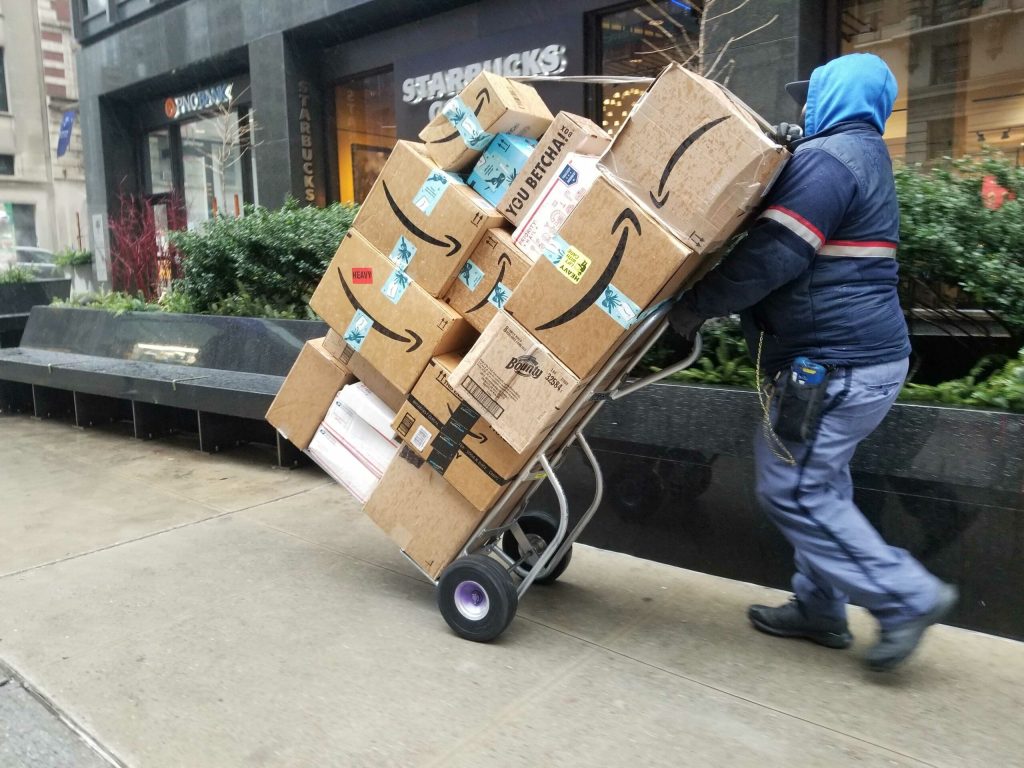At the Adobe Summit, Adobe released new U.S. e-commerce data via its Digital Economy Index* looking at how two years of COVID-19 reshaped the digital economy and its impact on the future.
From March 2020 through February 2022, at the height of the pandemic, U.S. consumers spent $1.7 trillion online, $609 billion more than the two preceding years combined. Demand remained strong in 2021 with $885 billion in online spending, up 8.9 percent year-over-year (YoY). In 2022, Adobe forecasts U.S. consumers to spend $1 trillion online for the first time. As a digital economy expands, Adobe data offered the following trends and consumer shopping behaviors:
- Inflation contributes to e-commerce growth
Of the $1.7 trillion spent online by consumers, $32 billion was driven by higher prices; In other words, consumers paid $32 billion more for the same amount of goods. Online inflation, first observed in June 2020, has persisted for 21 consecutive months. The impact was most notable in 2021, where $22 billion of e-commerce growth was driven by higher prices compared to just $4.7 billion in 2020.In the first two months of 2022, $3.8 billion in e-commerce growth was driven by higher prices. Inflation has not deterred demand; however, the same two months drove $138 billion in online spending, up 13.8 percent YoY. In 2022, Adobe expects consumers could pay as much as $27 billion more online for the same amount of goods due to inflation. - Groceries become a major e-commerce category
In 2021, 41.8 percent of e-commerce overall was driven by just three categories: electronics, apparel and groceries.
-
- Groceries — 2020 was a breakout year for the category, with $73.7 billion spent online, surging 103 percent YoY. Many who tried online grocery shopping for the first time are continuing to do so: $79.2 billion was spent in 2021, up 7.2 percent YoY. Groceries is now 8.9 percent of the e-commerce share overall, up from 6.3 percent in 2019 and down slightly from 2020 (9.1 percent) when demand surged early in the pandemic. Consumers now spend an average of $6.7 billion each month for groceries, up from $3.1 billion pre-pandemic. Adobe expects the category to top $85 billion in 2022.
- Electronics — As the largest category in e-commerce, electronics drove $165 billion in online spend in 2021, up 8 percent YoY. This represents an 18.6 percent share of e-commerce overall, down slightly from 2020 (18.8 percent) and 2019 (21 percent) as other categories picked up steam. The pandemic cemented electronics as the top category in e-commerce, as consumers stayed home more and spent $152.7 billion in 2020, up a significant 26.8 percent from the year prior. U.S. consumers now spend an average of $13.6 billion each month on electronics, up from $9.9 billion pre-pandemic. Adobe expects the category to top $174 billion in 2022.
- Apparel — As consumers spent more time at home, apparel demand slumped. In 2020, apparel grew by 9.1 percent YoY ($115.8 billion in spend) while e-commerce overall grew by 41 percent YoY. Growth was modest in 2021 at $126.2 billion, up 8 percent YoY. This represents a 14.3 percent share of e-commerce overall, down from 2019 (18.5 percent) and in line with 2020 (14.2 percent). The pandemic changed the trajectory of a category that chased electronics in 2019 for the top spot. That year, apparel spending was $14.4 billion behind electronics. But by 2021, the gap widened to $38.8 billion. Apparel is a still a major category however, with consumers spending an average of $10.2 billion each month, up from $8.7 billion pre-pandemic. Adobe expects the category to top $130 billion in 2022.
“E-commerce is being reshaped by grocery shopping, a category with minimal discounting compared to legacy categories like electronics and apparel,” said Patrick Brown, vice president, growth marketing and insights, Adobe. “It highlights a shift in the digital economy, where speed and convenience are becoming just as important as cost savings.”
Additional Insights
- Out-of-Stock — Consumers have seen 60 billion out-of-stock (OOS) messages in the last 24 months (March 2020 to February 2022), in the face of supply chain constraints. The odds of seeing an OOS message is now 1 in 59 pages, up from 1 in 200 pages pre-pandemic (a 235 percent increase). In the last four months (November 2021 through February 2022), consumers have seen over 12 billion OOS messages, a trend expected to persist in 2022.
- Buy Now Pay Later — As consumers spent more online during the pandemic and looked for new ways to manage their money, BNPL orders between October and November 2020 increased 528 percent YoY while revenue grew 412 percent YoY. In recent months (January and February 2022), growth has slowed, but demand remained strong: BNPL orders are up 53 percent YoY while revenue is up 56 percent YoY.
- Curbside Pickup — The fulfillment method already saw strong adoption before the pandemic, but health and safety concerns gave it a boost. The demand has been durable, with many consumers now valuing speed and convenience. In 2022 so far, curbside pickup accounted for 20 percent of all online orders (for retailers who offer the service), establishing itself as a major fulfilment method.
The Adobe Digital Economy Index is based on analysis through Adobe Analytics that covers over one trillion visits to U.S. retail sites and over 100 million SKUs in 18 product categories.
Photo courtesy GeekWire















